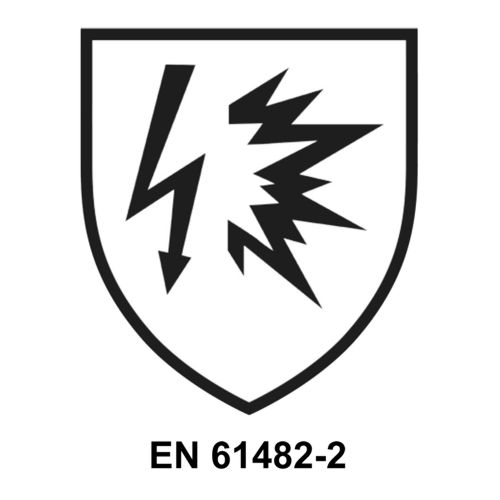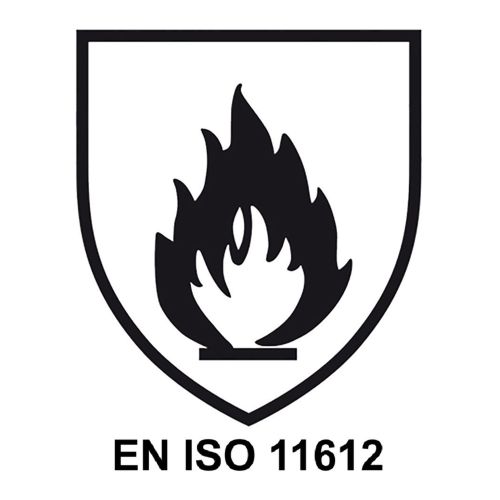
EN 17353
EN 17353 - Protective clothing
Equipment for enhanced visibility for medium risk situations
Visual signalling is beneficial for the wearer's safety in many activities. But what clothing should be worn in areas that do not require high-visibility clothing? But even in activities that do not require high-visibility clothing, visual signalling can be beneficial for the wearer's safety.
Standard EN 17353 specifies which requirements the PPE must fulfil. It contains performance requirements for the colour and retroreflection as well as the minimum areas and arrangement of the materials in the protective equipment.
Equipment types for increased visibility

Type A for daylight

Type B1, B2 or B3 for darkness

Type AB2 or AB3 for daylight or darkness
TEAM EQUIPMENT REQUIRED?
You want to equip an entire team or company with PPE and need support in selecting and compiling protective clothing that conforms to standards?
Contact us
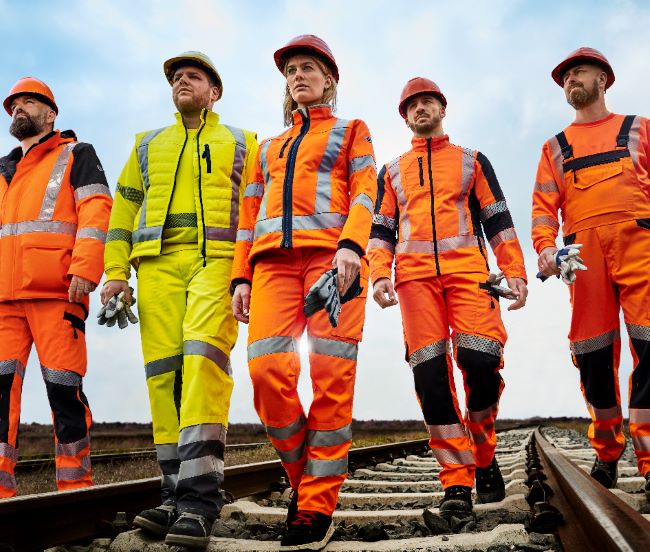
The tops can be combined very well with our high-visibility trousers and high-visibility bib and brace trousers.







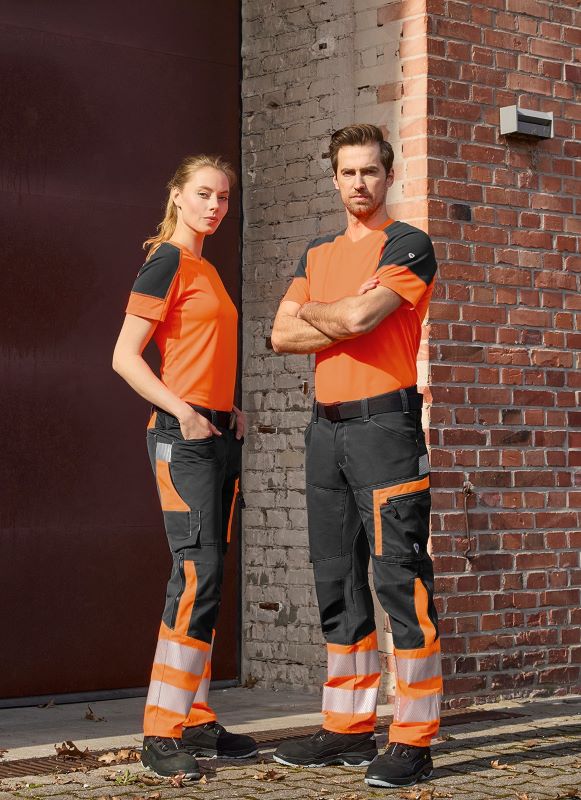

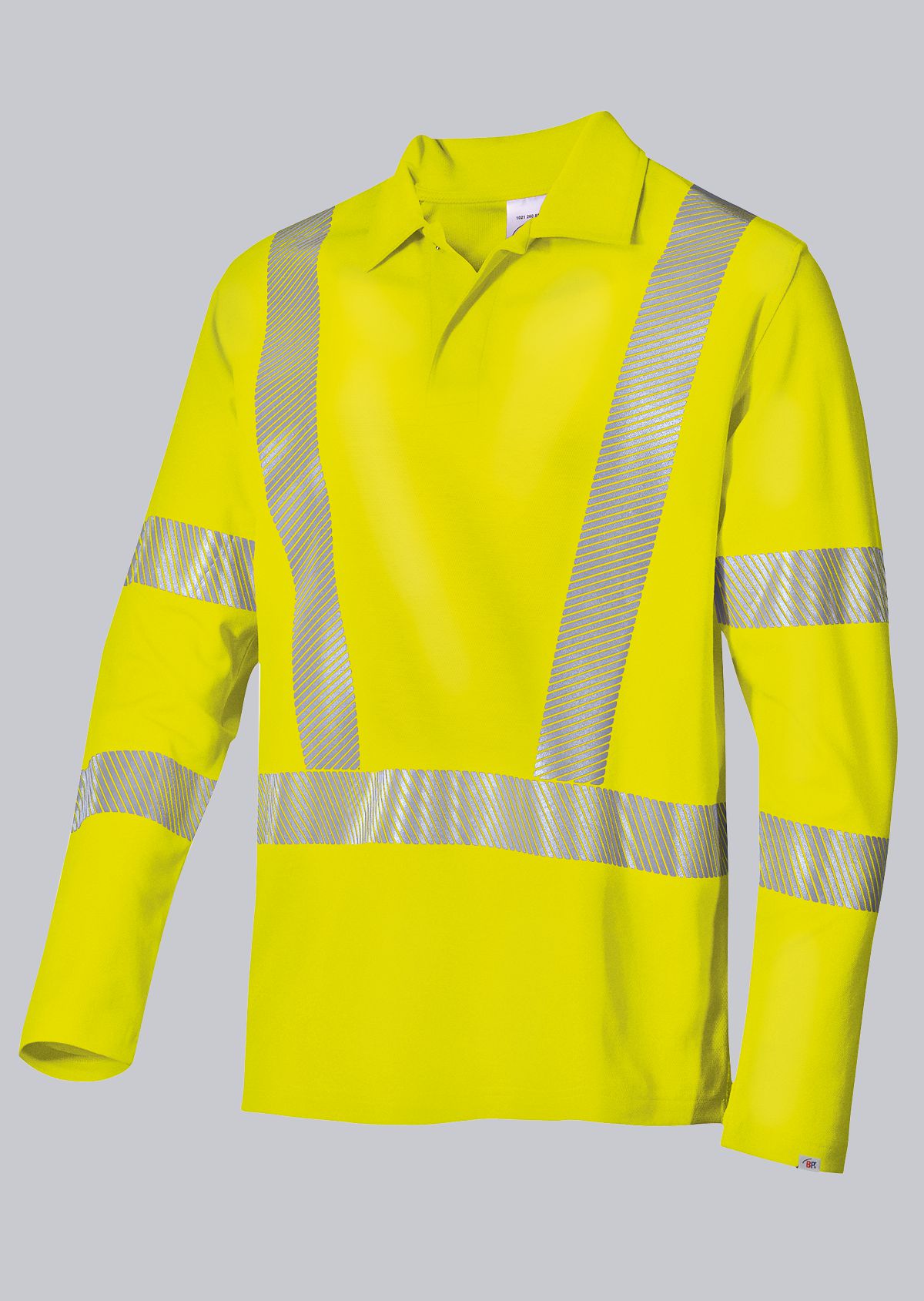
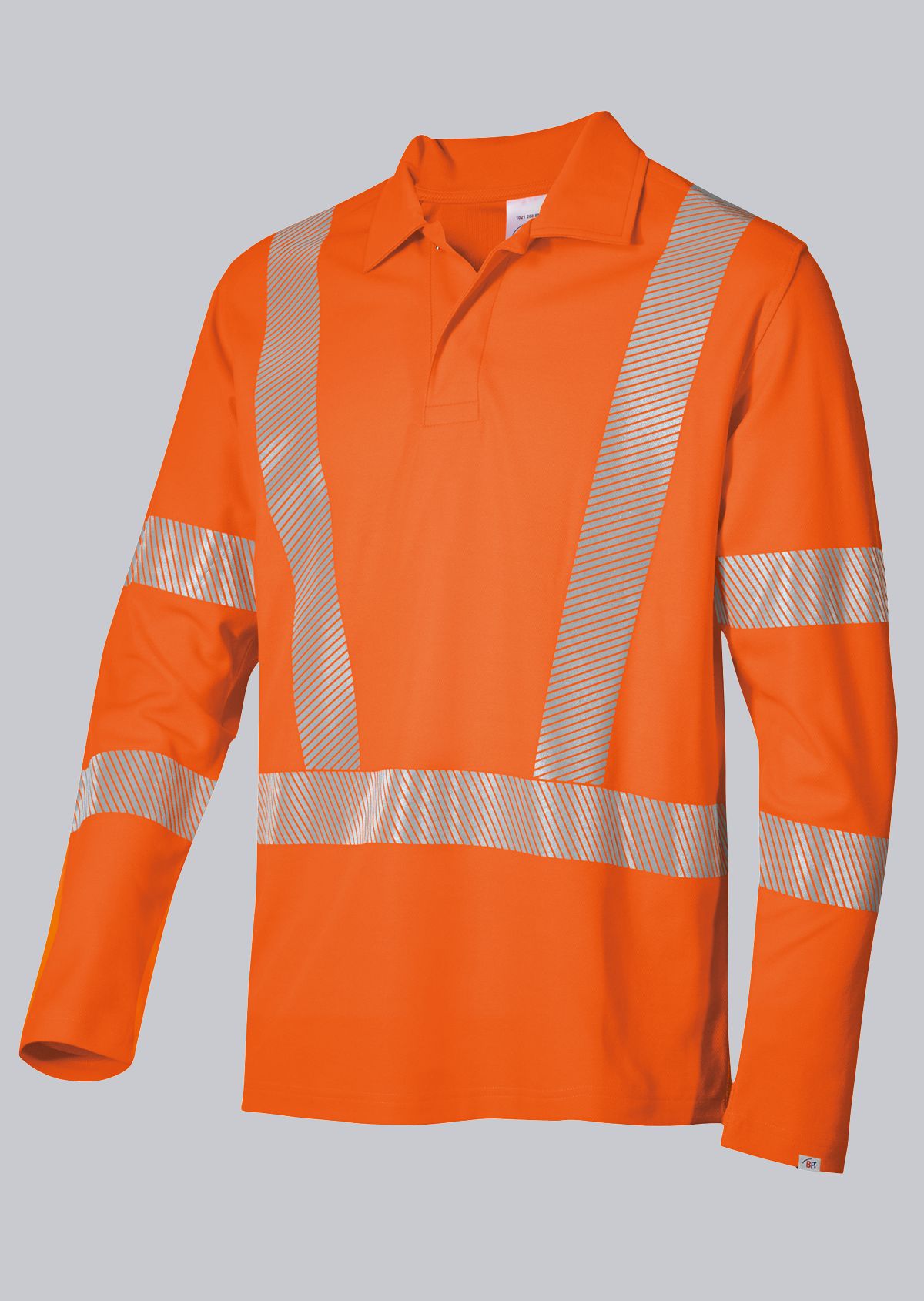
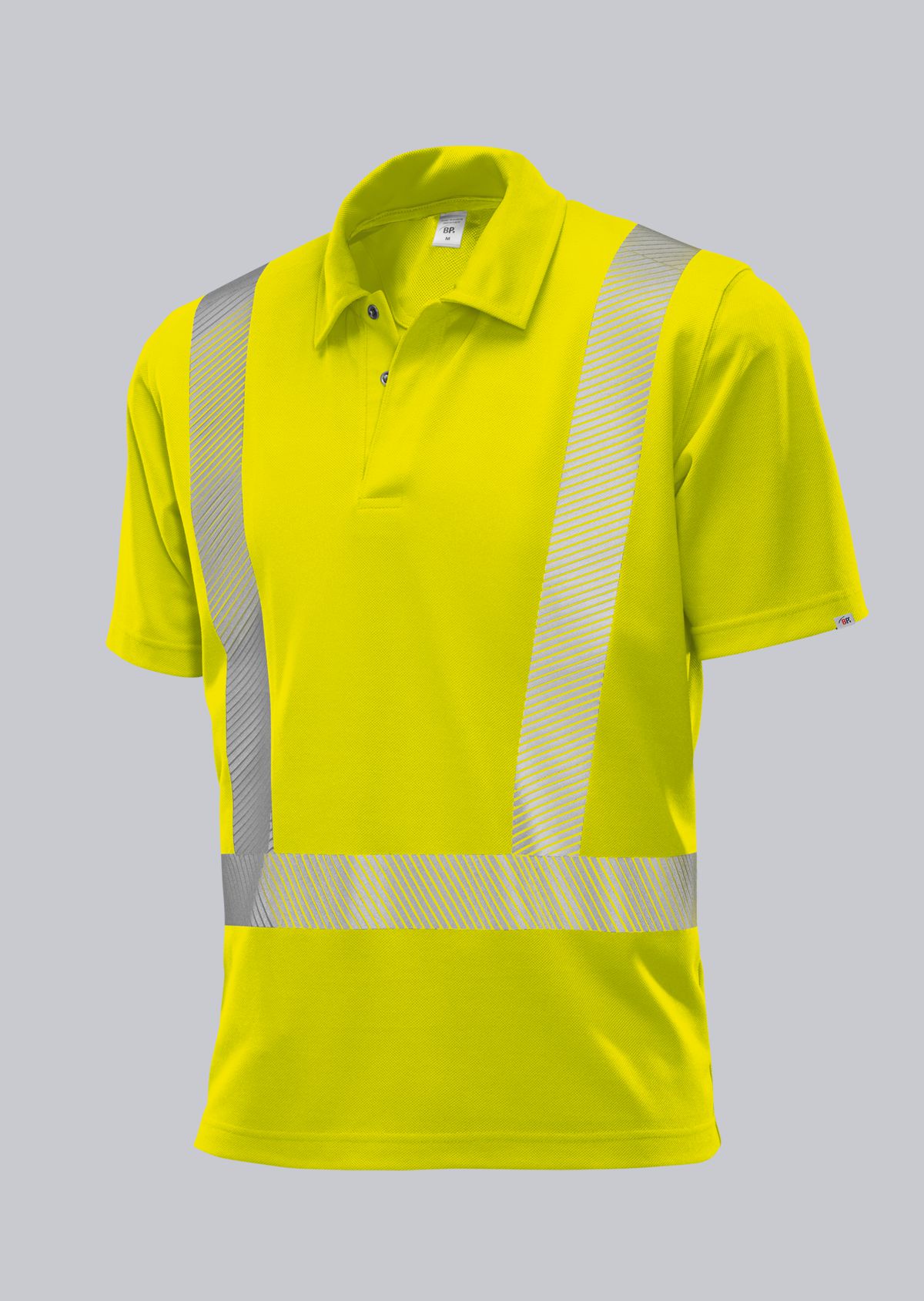

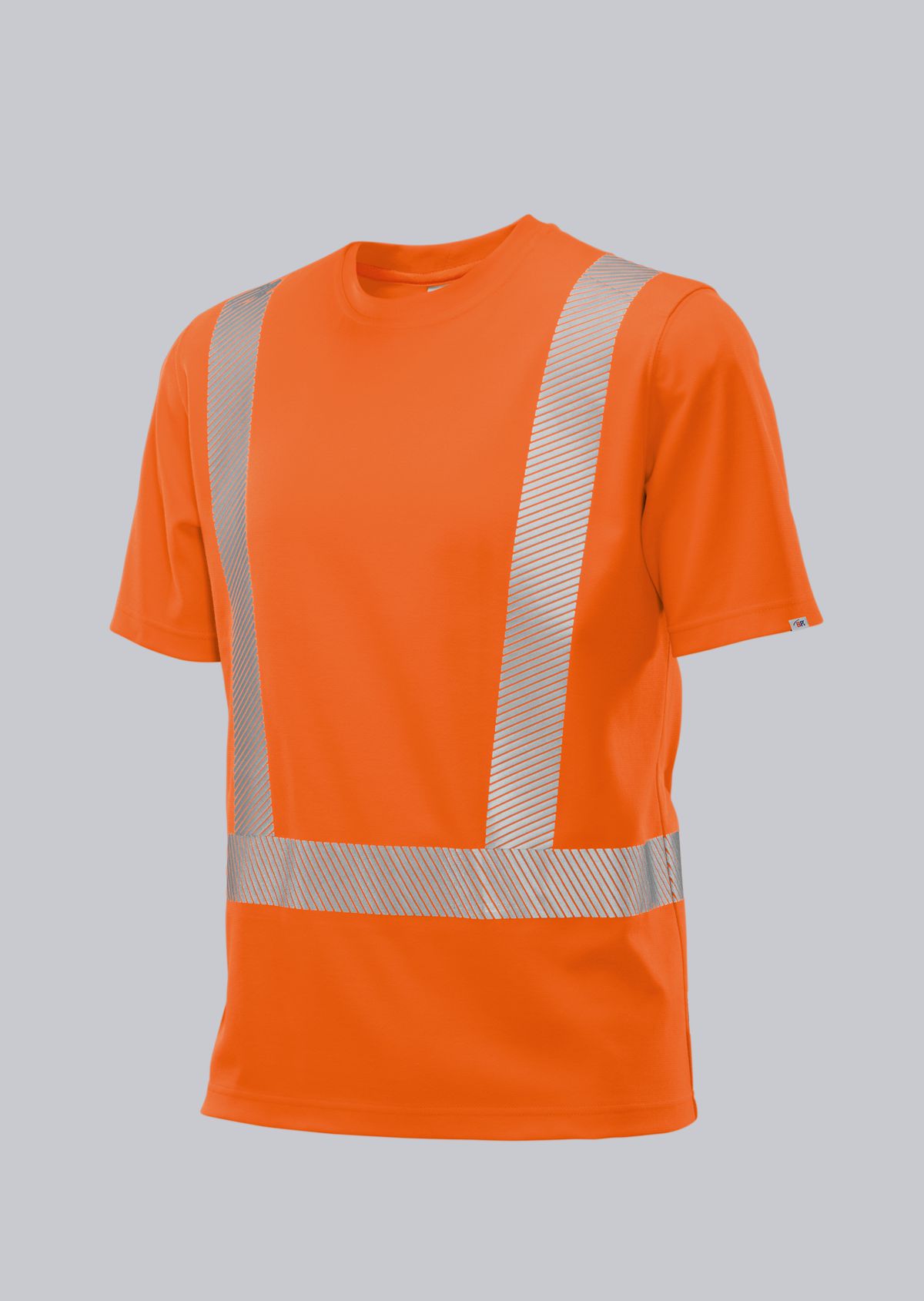
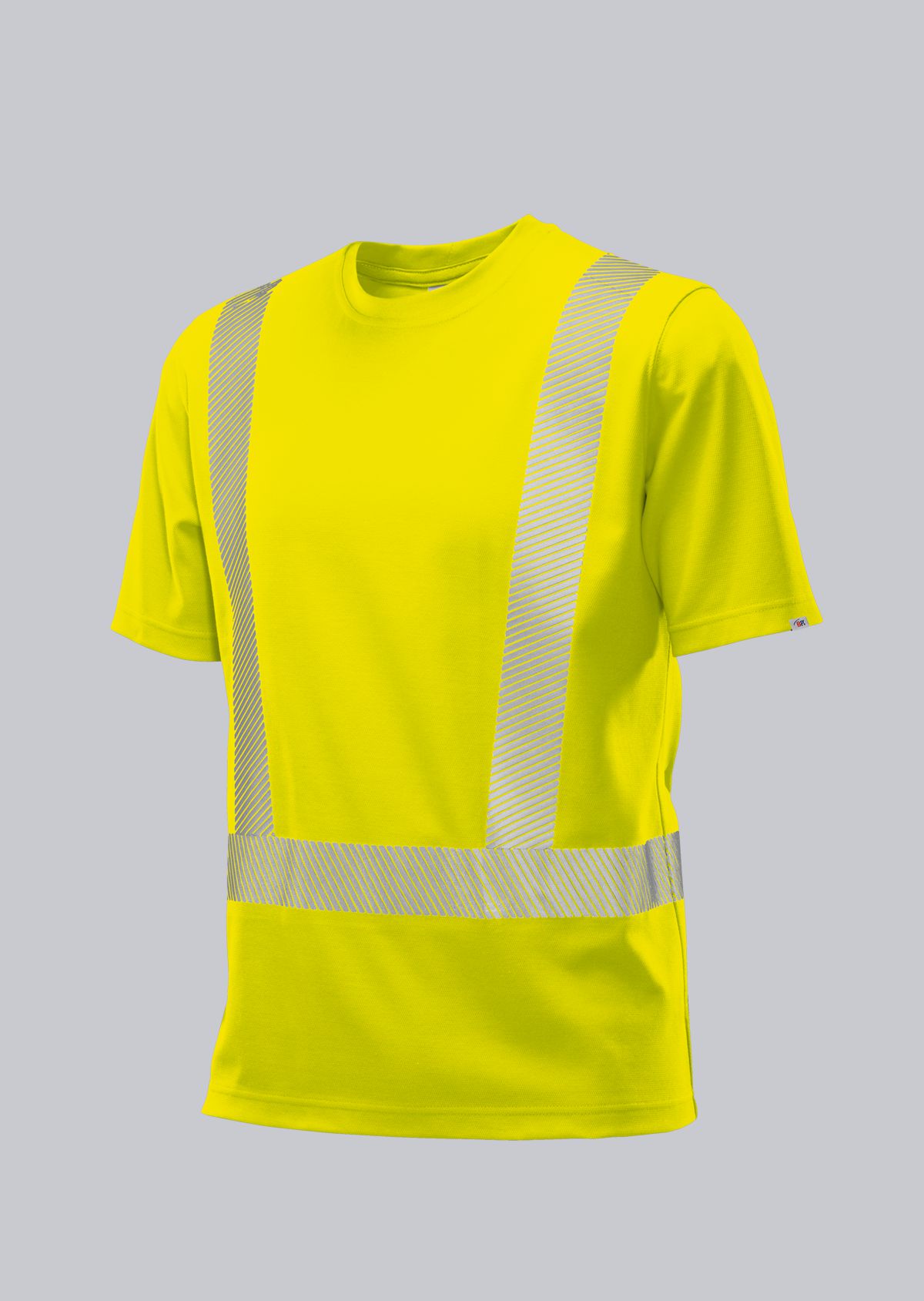
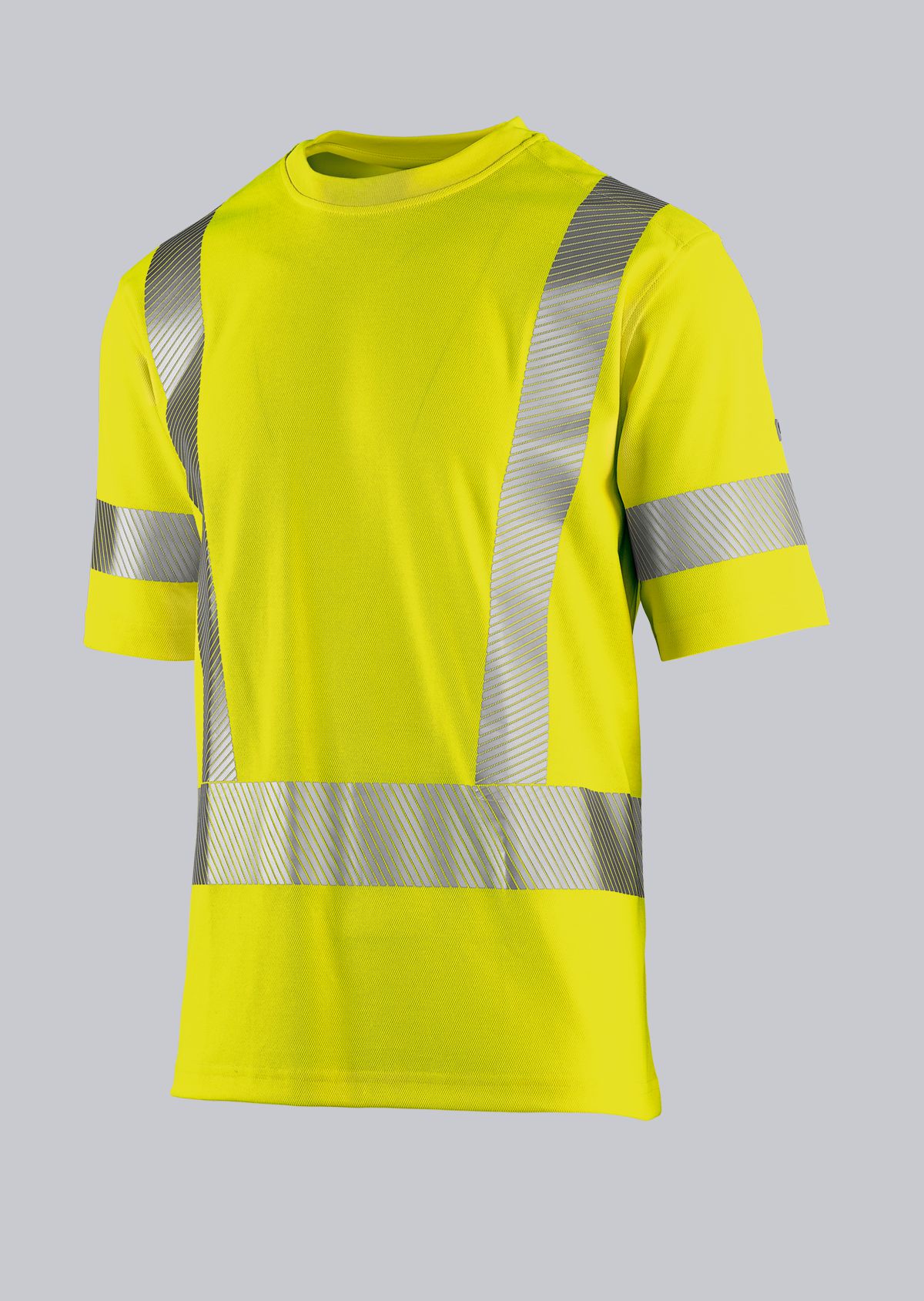
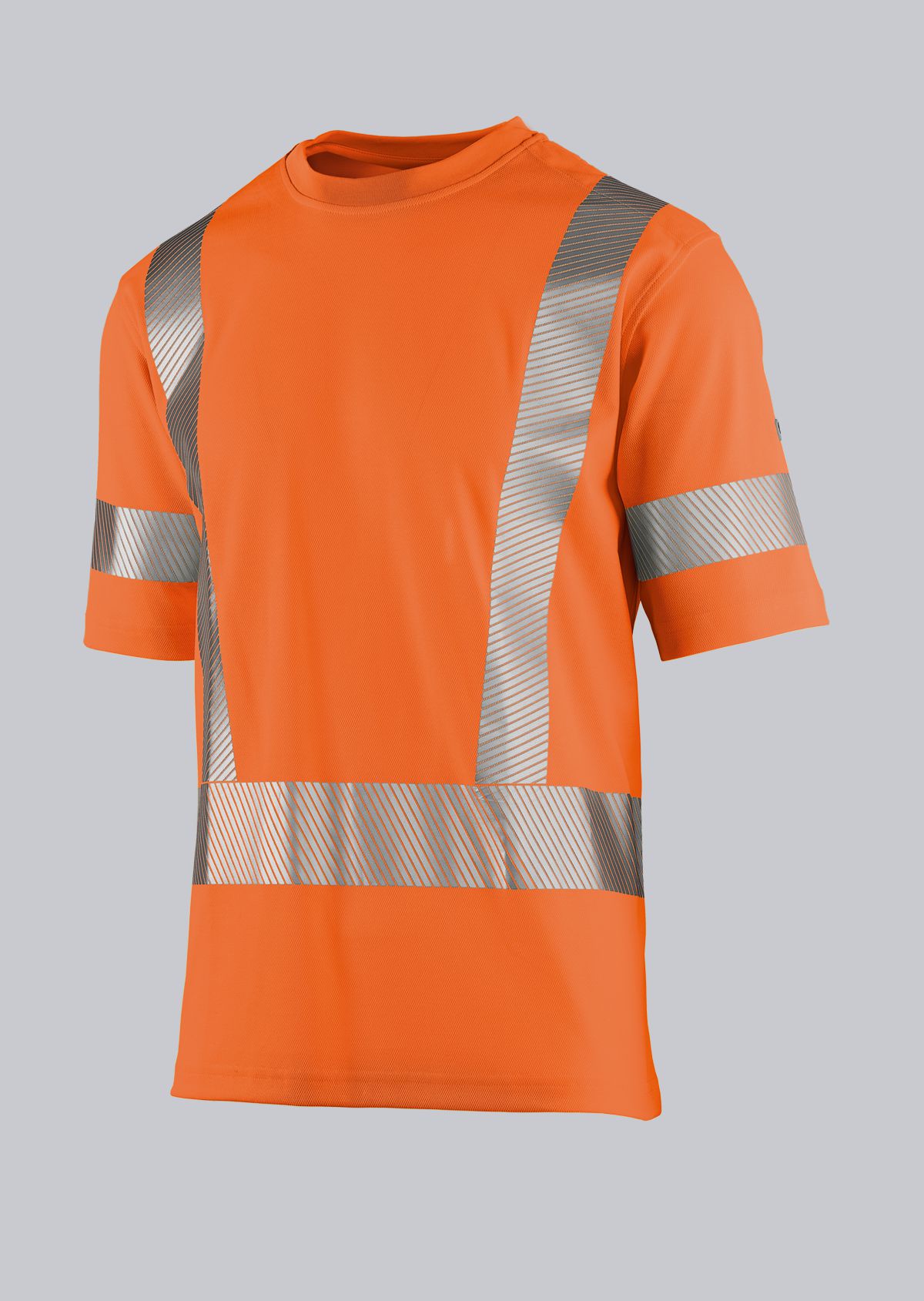
.jpg)
.jpg)
.jpg)
.jpg)
